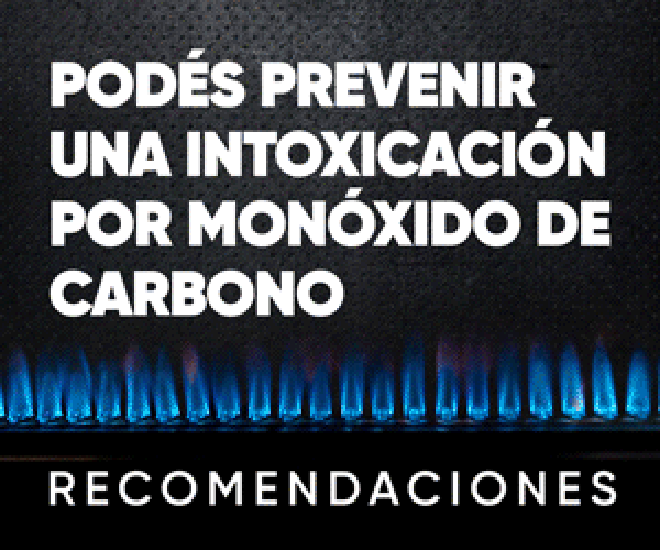
The El Niño-Southern Oscillation (ENSO) phenomenon has been in its neutral phase since autumn, but the outlook for this month of September reinforces the possible presence of a brief period with La Niña conditions during the spring. After a wet winter with short-term rainfall events that generated flooding and excesses in different areas of the agricultural region, a campaign with variability in water availability is expected.
The region went through an autumn and winter characterized by an exceptionally high water supply, with rainfall well above normal values in many locations. According to Mercuri: “This situation generated a high availability of water stored in the soils at the regional level, a condition that has not been recorded since the 2015-16 campaign and that represents an extremely positive factor for the planning of the planting of coarse harvest crops.”
Mercuri pointed out that the favorable behavior of the rains allows the productive areas of the center of Argentina not to present limitations for the planting of early and long-cycle corn. He explained that winter cereals are in the cane period and in full tillering in the southern area of the Province of Buenos, and the pastures show vigorous growth with a high supply of green matter, while the soils are well recharged to give continuity to the campaign.
“The current water balance presents a regionally favorable outlook that opens up important opportunities for the 2025/26 campaign, although with specific challenges that require agronomic strategies, such as management by environments”, Mercuri said.

Quarterly Outlook #
For the quarter that we are going through September-October-November, in the southern and eastern area of the Pampas Region and the Littoral, a normal rainfall offer for the season is expected with a greater probability, of 40%, according to information from the National Meteorological Service (SMN).
On the other hand, from the agronomic point of view “the distribution of rainfall in the quarter will be key, and here it will be necessary to consult the short-term forecasts since this perspective does not provide any information on that distribution,” Gattinoni stressed.
Regarding temperatures, Gattinoni indicated: “The possibility of the occurrence of thermal values between normal to warmer for this spring and summer is greater, particularly over the center and east of the country.”
From the Center for Research on the Sea and the Atmosphere (CIMA/CONICET-UBA) they estimate to go through a period with normal to deficient rainfall in a large part of the agricultural area, especially over the north of the Litoral, a water panorama that is influenced by the possible development of a cold phase of the ENSO during that period, although with some dispersion among the models in terms of its intensity.
Productions towards the northwest of Argentina could be favored with the possibility of a spring with normal to higher rainfall. INTA also highlight in this type of climatic context that the forecast rainfall patterns present greater spatial variability.
With the information available to date, INTA experts indicated that, “for the summer and early autumn, the return to neutrality of the ENSO phenomenon and the DOI is favored and therefore this is reflected in chances of normal rainfall and even with a certain probability to higher, for the season in the center and east of the country.”
Contact [Notaspampeanas](mailto: notaspampeanas@gmail.com)

